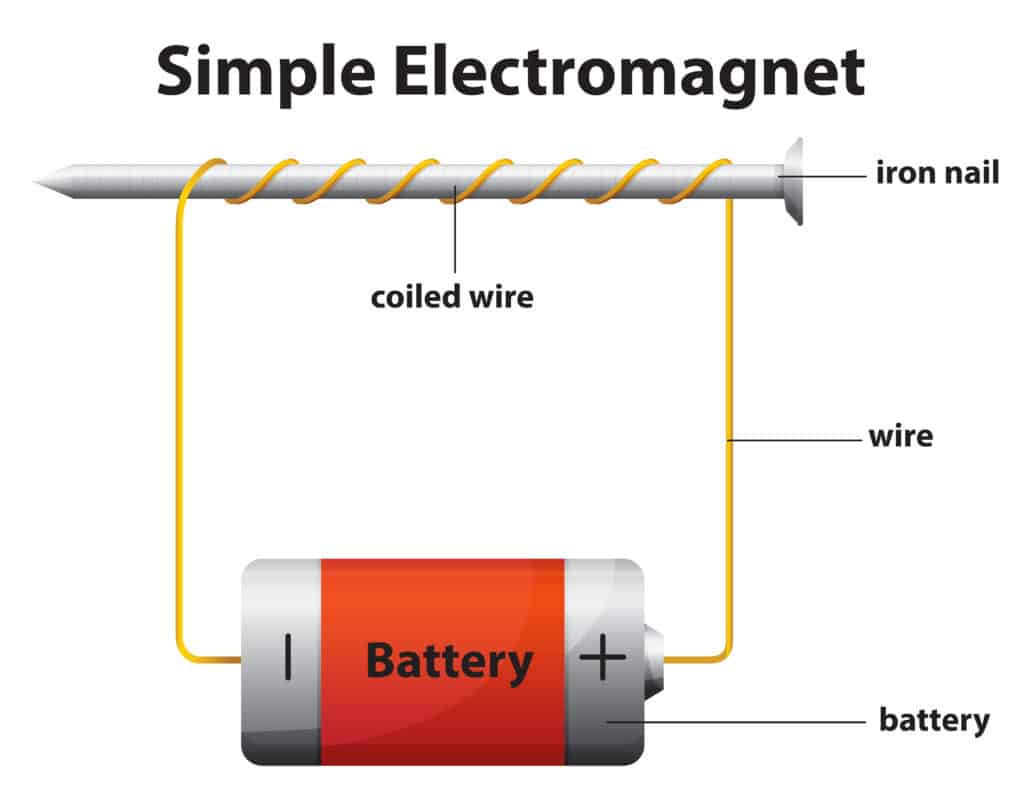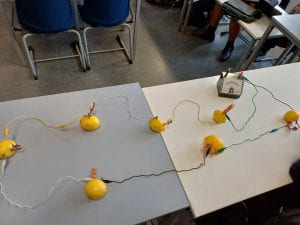31.08.23
In Health so far, we have been learning about Death, Dying and the Afterlife. We have explored different subheadings of Death, Dying and the Afterlife. Whether it would be in culture, the emotional you’ll feel, how to help yourself and others etc.
For the past two periods, we have been mashing our keyboards to finish and create our assessment, which entails us that we are to investigate a topic that we’re more interested in/haven’t had the chance to learn about yet. Of course it is impossible to cover every little detail, so instead we got to pick a subheading to research/recap about. Given my poor time managing skills, I’m currently finishing this once and for all on the due date nearing 12:00 am.
I hope this slideshow can help you learn something today, or even help you! I’d also like to thank my teacher(s) for helping me understand this topic as best as I can. We appreciate what you do and I hope you appreciate the result of your teaching 🙂


